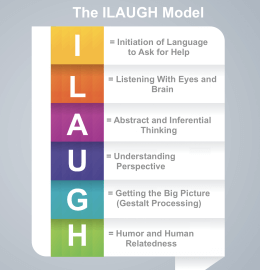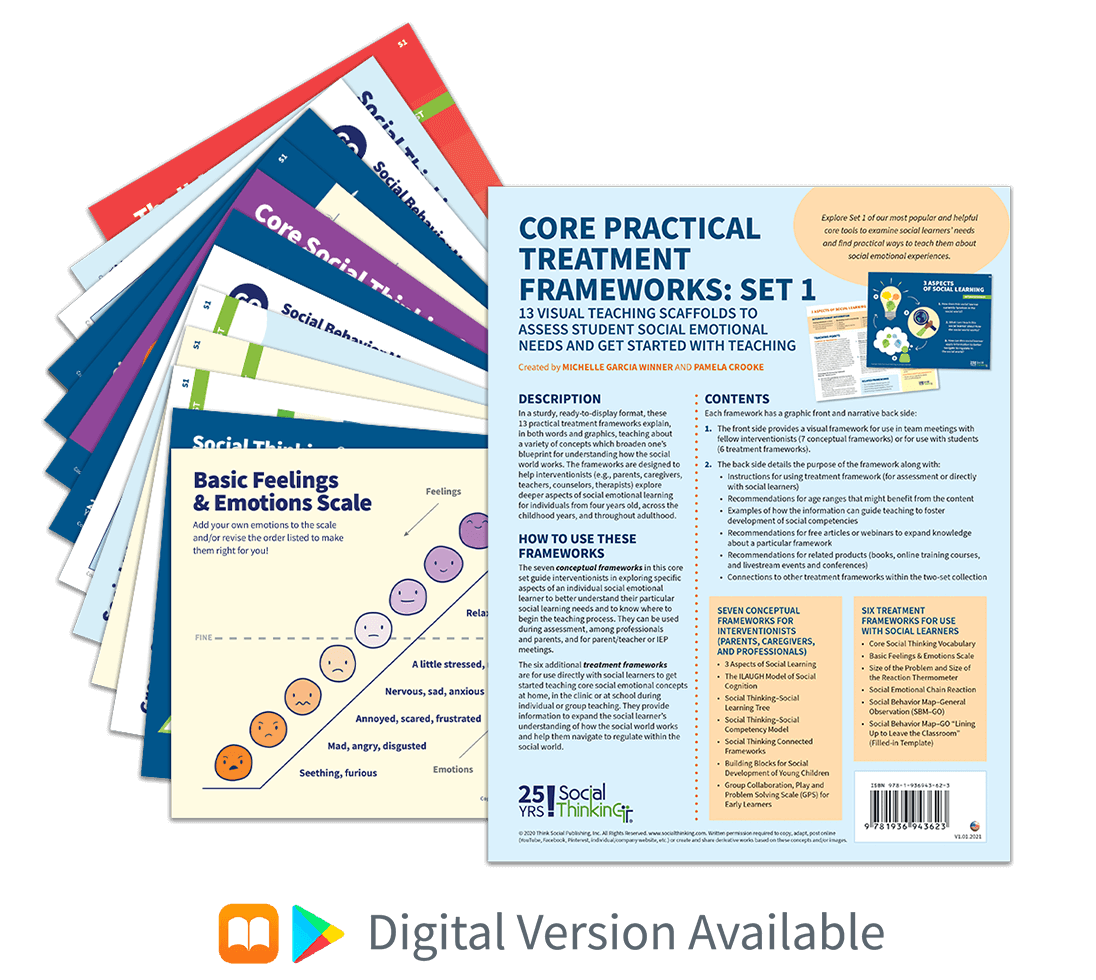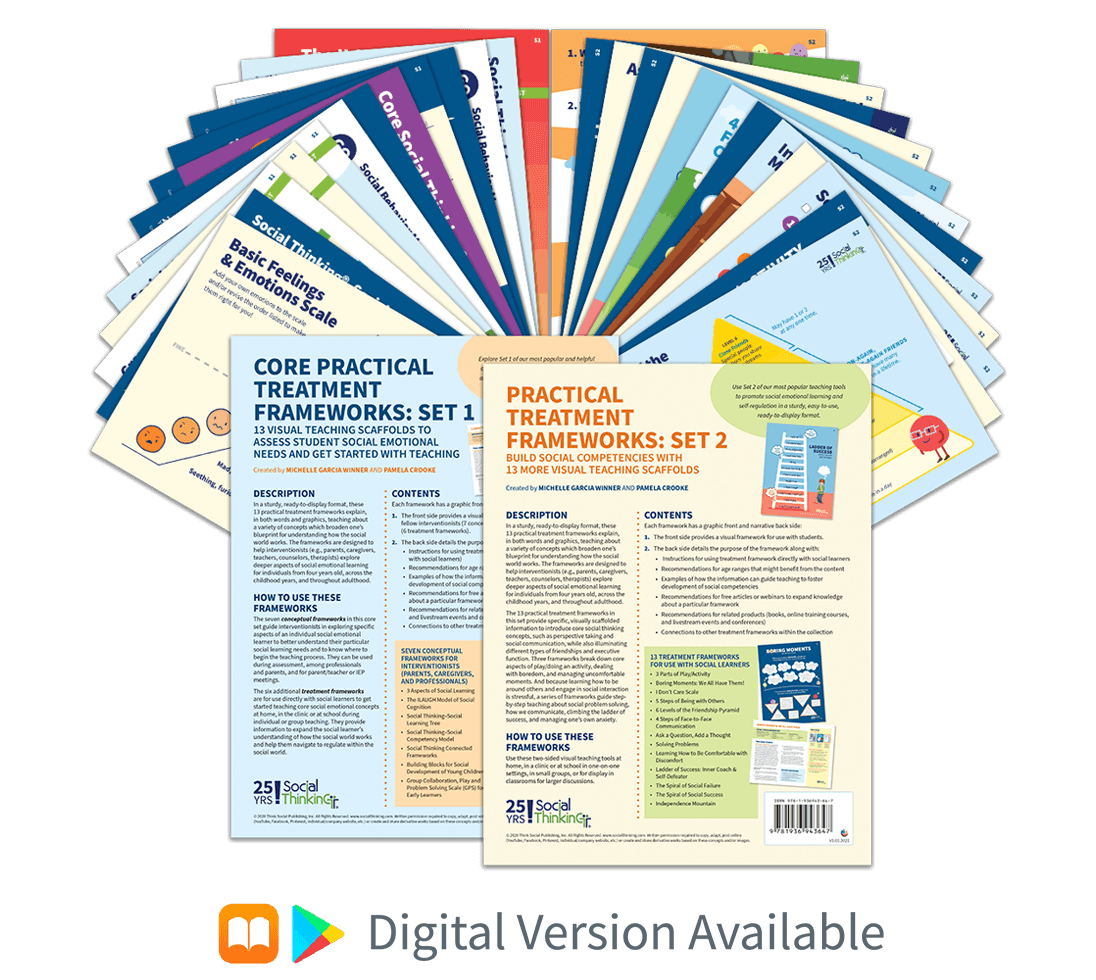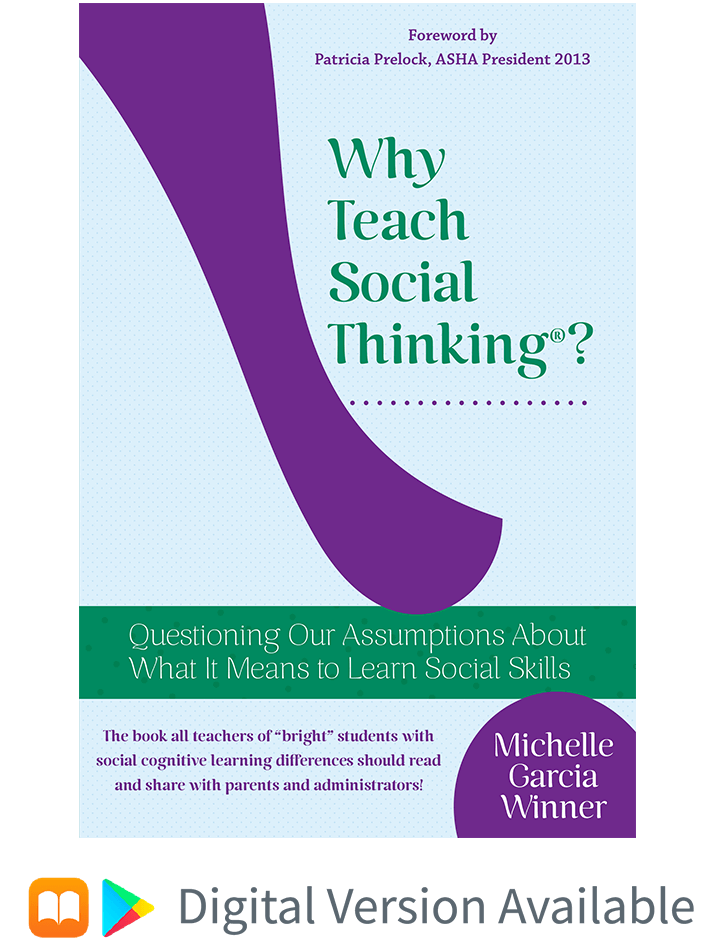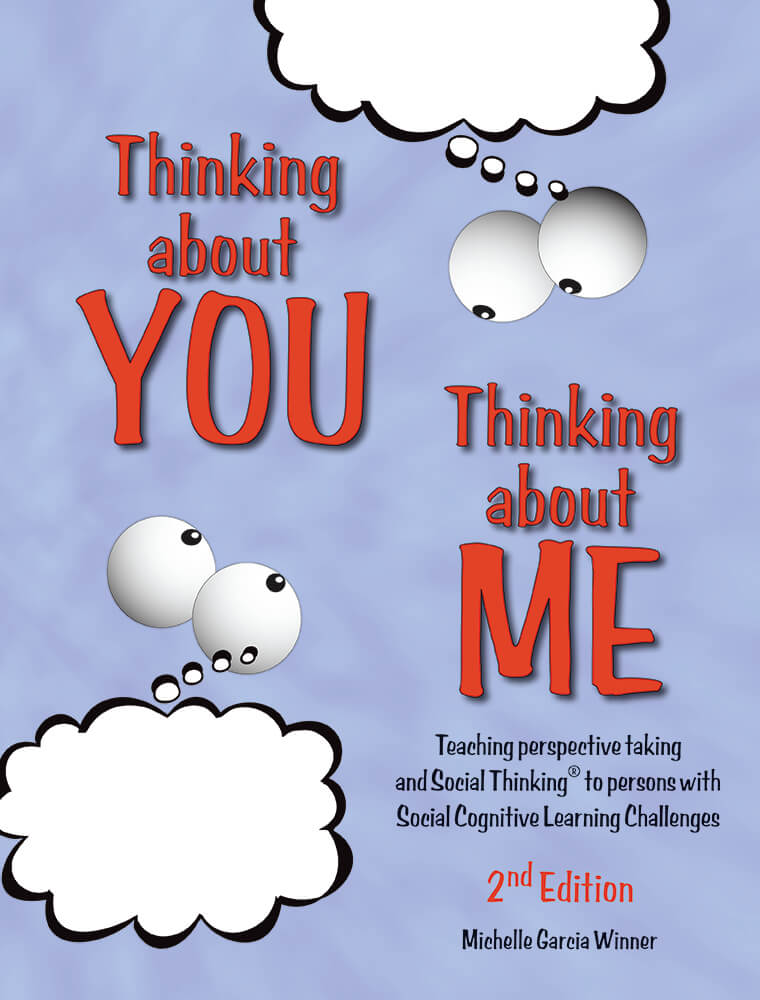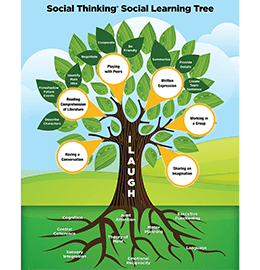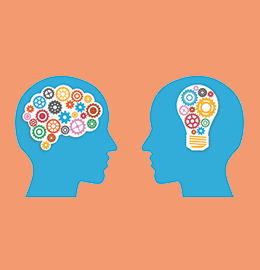Updated: December, 2023
© 2023 Think Social Publishing, Inc.
The ILAUGH Model of Social Thinking is a core (and critical) framework created and developed to help professionals and parents understand and think about how those with social learning differences, difficulties, and disabilities approach the social world.
ILAUGH is an acronym for the evidence-based and evidence-aligned concepts that influence academic, community, vocational, and social contexts. Although the ILAUGH Model is divided into six key areas, there is commonly an overlap between and within each of the sections.
I = Initiation for non-routine events and/or to get help:
Initiation of communication refers to using one’s language skills (speaking or non-speaking) to initiate something that is not routine. This can be in the form of asking for help, seeking clarification, executing a new task, and entering and exiting a peer group. How a person talks about their own topics of interest can be in sharp contrast to how they communicate when in need of support or clarification. Yet, these two areas – asking for help and understanding how to join a group for functional or personal interaction - are paramount for future success in the workplace, academic endeavors, relationships, and overall well-being.
L = Listening With Eyes and Brain (this is not about eye-contact):
From a social cognitive perspective, listening requires the integration of visual information with auditory information within the context in order to understand the meaning of the message, or infer (educated guess) the meaning. Listening with eyes and brain means that students use their “senses” to gather clues about what is happening. Classroom functioning, at times, depends on having students figure out the expectations in the classroom.
A = Abstract and Inferential Thinking:
Most of the language we use is not intended for literal interpretation. Our communication is peppered with idioms, metaphors, sarcasm, and inferences. Societies around the world bestow awards to writers, and even comedians, who are the most creative with language. Each generation of teenagers and young adults leave a trail of new slang for consumption - most of which is abstract. Abstract language has also crept into the social media markets. Our commercials, web banners, print flyers and video clips are full of abstract information that require all of us to interpret and infer the meaning. Do people really mean what they say in advertising? How do we know a good deal from a sham? Some individuals with strengths in factual knowledge, may struggle with abstract information.
Individuals who struggle to interpret the abstract/inferential meaning of language also routinely struggle with academic tasks such as reading comprehension of literature (e.g., interpreting a character’s thoughts, actions and motives based on the context of the story) and written expression. These students may need different modalities of instruction and coaching.
U = Understanding Perspective:
Interpreting others’ perspectives or beliefs, thoughts, and feelings across contexts is central to group participation in the social, academic, or vocational world. Individuals with social learning differences, difficulties, and/or disabilities may be very aware of their own perspective but may struggle to see another’s point of view. The reverse is also true. Neurotypicals may also struggle to see the perspective of the neurodivergent student. Perspective taking is key to participation in any type of group (social or academic). It is also a critical component when interpreting information that requires understanding of other’s minds, such as reading comprehension, history, social studies, etc.
G = Getting the Big Picture (Gestalt Processing):
Conceptual processing is critical to be able to figure out the group plan or share an imagination. A great deal of information is conveyed through concepts and not just facts, so it’s important that one is able to tie individual pieces of information into the greater concept. For example, when engaged in a conversation, the participants should be able to intuitively determine the underlying concept(s) being discussed, as well as identify the specific details that are shared. Similarly, when reading, one has to follow the overall meaning rather than just collect a series of seemingly unrelated facts. As with many elements of social cognition, “getting the big picture” relies heavily on executive functions. As a result, difficulty with organizational strategies often stems from problems with conceptual processing. Struggles in this area can greatly impact one’s ability to formulate written expression, summarize reading passages, and manage one’s homework load, as well as derive the intended meaning from a social conversation.
H = Humor and Human Relatedness:
Human relatedness is at the heart of social interaction. Most of us desire to belong or build relationships. Having a good sense of humor is a strength, but missing the cues of when to use humor can quickly turn that strength into a problem.









